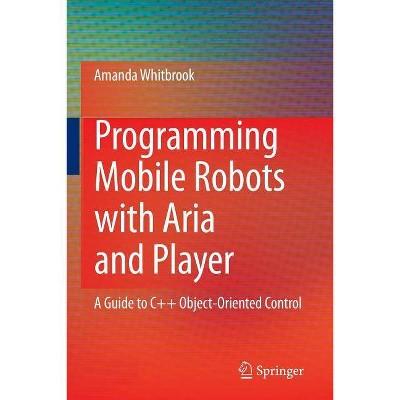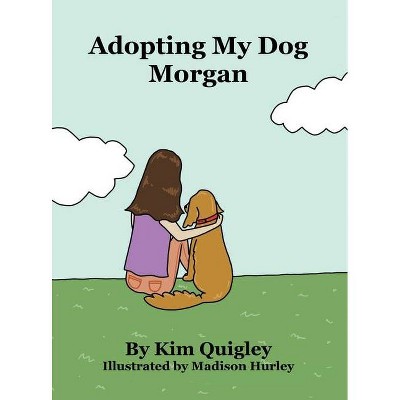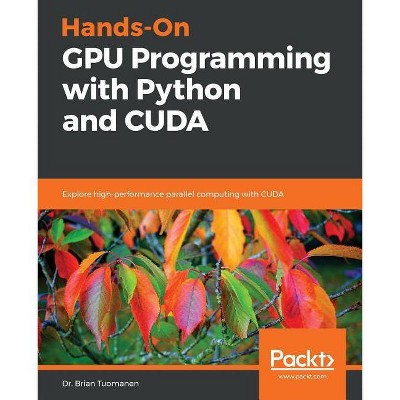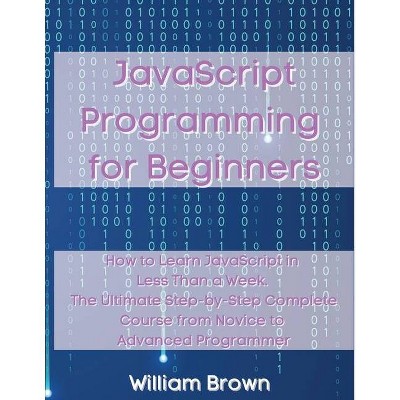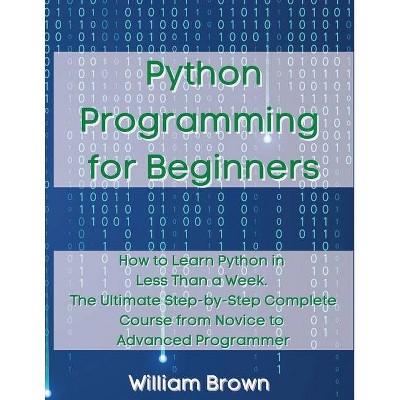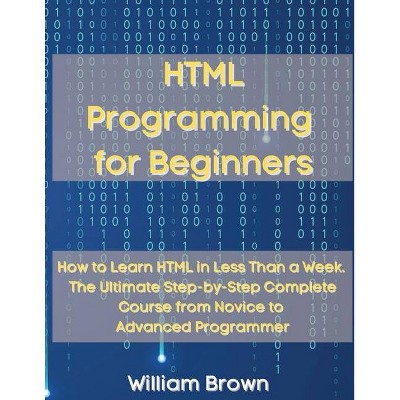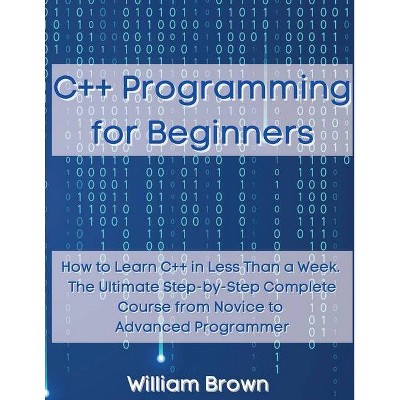Programming Robots with Ros - by Morgan Quigley & Brian Gerkey & William D Smart (Paperback)
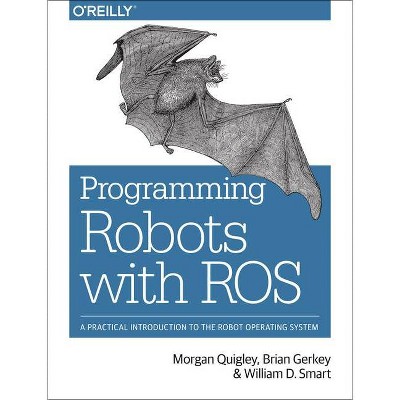
Similar Products
Products of same category from the store
AllProduct info
<p/><br></br><p><b> About the Book </b></p></br></br>"Want to develop novel robot applications, but don't know how to write a mapping or object-recognition system? You're not alone, but you're certainly not without help. By combining real-world examples with valuable knowledge from the Robot Operating System (ROS) community, this practical book provides a set of motivating recipes for solving specific robotics use cases. Ideal for enthusiasts, from students in robotics clubs to professional robotics scientists and engineers, each recipe describes a complete solution using ROS open source libraries and tools. You'll learn how to complete tasks described in the recipes, as well as how to configure and recombine components for other tasks. If you're familiar with Python, you're ready to go."--Www.amazon.com.<p/><br></br><p><b> Book Synopsis </b></p></br></br><p>Want to develop novel robot applications, but don't know how to write a mapping or object-recognition system? You're not alone, but you're certainly not without help. By combining real-world examples with valuable knowledge from the Robot Operating System (ROS) community, this practical book provides a set of motivating recipes for solving specific robotics use cases.</p><p>Ideal for enthusiasts, from students in robotics clubs to professional robotics scientists and engineers, each recipe describes a complete solution using ROS open source libraries and tools. You'll learn how to complete tasks described in the recipes, as well as how to configure and recombine components for other tasks. If you're familiar with Python, you're ready to go.</p><ul><li>Learn fundamentals, including key ROS concepts, tools, and patterns</li><li>Program robots that perform an increasingly complex set of behaviors, using the powerful packages in ROS</li><li>See how to easily add perception and navigation abilities to your robots</li><li>Integrate your own sensors, actuators, software libraries, and even a whole robot into the ROS ecosystem</li><li>Learn tips and tricks for using ROS tools and community resources, debugging robot behavior, and using C++ in ROS</li></ul><p/><br></br><p><b> About the Author </b></p></br></br><p>Morgan Quigley is a cofounder of the Open Source Robotics Foundation (OSRF), which develops and maintains the Robot Operating System (ROS). He came to OSRF after receiving a PhD in computer science at Stanford University, where he created one of the ancestors of ROS as part of the Stanford AI Robot (STAIR) project in 2006 and 2007. As it became clear that the future of robotics software was in collaborative development, this effort led him to cofound the ROS project with many other engineers. His research interests include robot software systems, open source software and firmware, embedded systems design, mechatronics, and sensor design.</p><p>Brian Gerkey is cofounder and CEO of OSRF. Prior to joining OSRF, he was Director of Open Source Development at Willow Garage. Previously, Brian was a Computer Scientist in the Artificial Intelligence Center at SRI, and before that, a postdoctoral research fellow in the Artificial Intelligence Lab at Stanford University. Brian received his PhD in computer science from the University of Southern California (USC) in 2003, his MS in computer science from USC in 2000, and his BSE in computer engineering, with a secondary major in mathematics and a minor in robotics and automation, from Tulane University in 1998. Since 2008, he has worked on the ROS Project, which develops and releases one of the most widely used robot software platforms in robotics research and education (and soon industry). He is founding and former lead developer on the open source Player Project, which continues to maintain widely used robot simulation and development tools.</p><p>Bill Smart is an associate professor at Oregon State University, where he codirects the Robotics program. His research interests span the areas of mobile robotics, machine learning, human-robot interaction, and the interaction between robotics and the law. Bill has been writing software for robots for over two decades, and doing active research and development of robot software architectures for over 15 years. At Oregon State University, he codirects the Robotics program and teaches classes in robotics and computer programming at both the undergraduate and graduate levels. He has been a ROS user since the beginning and was involved in some of the early planning workshops for the system. In 2010-11, he spent a 15-month sabbatical at Willow Garage, developing software for PR2 robots and enjoying the weather in California.</p>
Price History
Cheapest price in the interval: 42.99 on October 22, 2021
Most expensive price in the interval: 42.99 on November 8, 2021
Price Archive shows prices from various stores, lets you see history and find the cheapest. There is no actual sale on the website. For all support, inquiry and suggestion messagescommunication@pricearchive.us
